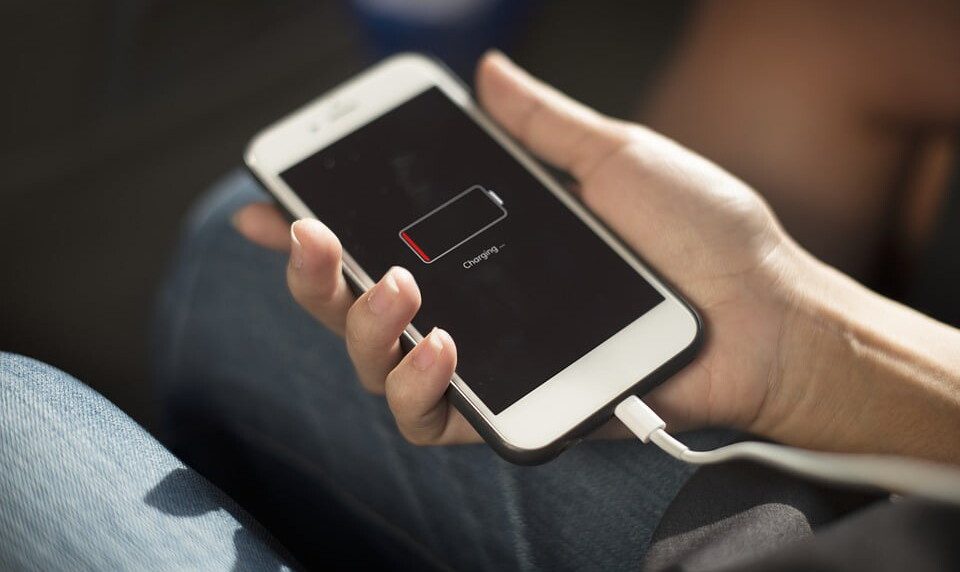
One of the first things that we take a look at when we wake up is our smartphones, and even though we really shouldn’t be taking a look at our phone when we wake up, it’s habit. We check our notifications making sure that we haven’t missed any emails or text and we also take a look at what’s happening around the world with social media and websites such as Reddit.
Perhaps one of the most important things that we take a look at that we don’t even account for it taking a look at our battery percentage. Most of us place our phones on charge overnight, but charging your phone overnight is no longer the only option. As charging tech has actually come a long way and that’s basically what I wanted to talk about in this article.
There are quite a few charging electronics on the market today as many brands have taken notice to the market of these types of consumer electronics. As a result, the advancement of charging tech and how we use it has evolved over time. So let’s take a look at some of the most used types of charging electronics that we usually use and also go into detail about future charging technologies.
USB Wall Chargers
There’s a high chance that you probably know about USB wall chargers and the reason for that is because they usually come with new smartphones and tablets that we purchase. These are the types of chargers that we’re most familiar with and most people just stick with these chargers because they’re easy to use as they simply go into AC wall outlet, you plug in a cable and you’re good to charge your devices.
Another great thing about wall chargers is that they’re one of the first charging electronics have new charging tech plugged in. Things such as Quick Charge and Power Delivery are one of the first charging technologies that were implemented onto wall chargers.
That said, wall chargers can also be quite limiting if they’re the only thing you’re using to charge your smartphone and tablets as they require you to stay in a single place and charge your devices. Then again, they can have many USB charging ports and you can actually charge 10 devices at once with a USB charging station because some of them actually have 10 USB charging ports.
Whatever the case, wall chargers are definitely a necessity when it comes to charging our devices because they’re the basis of charging. Since they can charge our devices directly, recharge power banks and they also power wireless chargers.
Portable Chargers
A level beyond wall chargers, in a way, are portable chargers. Portable chargers are also known as power banks and these are basically the opposite of wall chargers because they can literally go with you anywhere. The great thing about power banks is that they can have nearly any charging tech that a wall charger has, and therefore you can take some very powerful charging tech with you while you’re on-the-go.
Having things like Quick Charge or Power Delivery with you while you’re on the move is highly convenient because you charge some of your compatible devices at a very fast rate and not have to worry about reaching a wall charger. Another vital part of power banks is their capacity. Thankfully, not all power banks hold the same capacity because depending on what capacity power bank you get, it could be large/heavy or slim/light.
The chargers that are large and heavy are ones that have high capacities and the good part about them is that they have lots of power so you can charge smartphones and tablets many times to their full power. So you don’t have to worry about running out of power with just a single charge.
Or, if you want more portability and less power, getting a small power bank is a better choice. But the tradeoff is that the charger is going to have a lower capacity and so you’re going to have about a single charge for your smartphone only.
Car Chargers
A car charger is thought to be the best charging electronics on the market but they’re actually more useful than most people give them credit for. Even though it’s bad to use your smartphone while you’re driving, there are just a few exceptions and that would include using an app such as Google Maps for navigating to your destination. Navigation apps use up a lot of energy that can quickly kill your battery.
Or if you’ve used your phone a lot throughout the day and now you’re sitting in your car ready to go to a destination that’s about 45 minutes or an hour away; then you’re really going to want to charge your smartphone. Car chargers are the best types of chargers to use for those in-between moments because you’re literally in-between two locations and therefore you can have your smartphone charged up and ready to go by the time you reach your destination.
Two of the Best Charging Technologies on the Market
Overall, the batteries that we use with our smartphones are okay, but the development of better batteries is somewhat of a long way off. There are definitely tests that are being done to produce new types of batteries but you have to account for long-term usage and make sure the battery is safe to use in nearly all conditions. So for now, we have to focus on the charging tech that’s behind charging our batteries and there are two main ones that are sweeping the charging electronics market by storm.
They’re known as Quick Charge and Power Delivery.
Quick Charge
Quick Charge is a fast charging tech that has been produced by a company known as Qualcomm, and they’re the ones that produce the Snapdragon processors that go into a lot of Android smartphones. Certain smartphones with Qualcomm Snapdragon processors are compatible Quick Charge tech and as a result, you’re able to charge your devices at a much faster charging rate. The way that Quick Charge works is that it makes the Voltage of the charging speed higher and therefore the actual speed of the charging is kept constant.
The main problem with Quick Charge is that it can’t really be useful as a Snapdragon processor has to be used. As a result, that’s why another powerful charging tech such as Power Delivery is going to be used with more devices.
Power Delivery
Power Delivery is used with a new standard of charging called USB-C. USB-C has grown a lot and most new Android smartphones are now using USB-C because it offers faster charging, it’s reversible meaning that it’ll go into a charger no matter which way you place it in and it’s also able to faster transfer files.
With the use of Power Deliver along with USB-C, what you’re left with is a very powerful charging speed. In fact, Power Delivery is able to charge in a range of 100W. The great thing about Power Delivery is that you’re able to use it with small and large devices alike. The Google Pixel 2, and the Essential are two common devices that are known to use Power Delivery. Even the new iPhone X and iPhone 8 use PD.
Then you have the MacBook from Apple that also uses USB-C Power Delivery and Apple made quite a large statement when it came to their new MacBook model because it just used a single USB-C port. Showing that USB-C is the future and they want people to accept that. The great thing about Power Delivery is that you’re able to use the same charger that you use to charge your smartphone, to charge your laptop.
Overall, that’s basically the future, which is being able to use one charger for all your devices.
Read More:

































